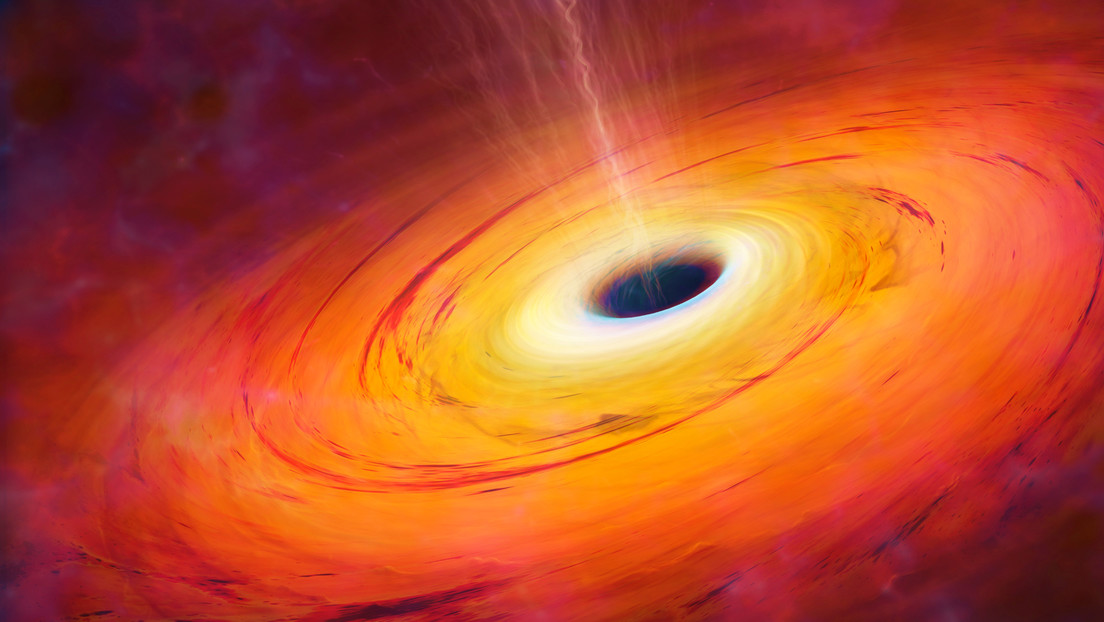
Moscow, May 3rd. - The first black hole bomb was developed in a laboratory by an international group of physicists, so its study will allow a better understanding of these powerful astronomical objects, New Scientist magazine reported.
The theoretical concept of this phenomenon was first proposed by the British physicist Roger Penrose in 1969. According to Penrose, a particle orbiting very close to a rotating black hole will get energy due to a peculiar effect of general relativity, which causes this object to drag and accelerate the space-time around it.
Two years later, Soviet physicist Yakov Zeldovich theorized that this effect, known as superradiance, could be recreated by quickly spinning a cylinder at the same frequency as light. He also suggested that surrounding this cylinder with mirrors would cause amplified energy to be reflected and accumulated in a positive feedback loop until it manages to release in the form of an explosion.
By applying this idea to black holes, one could be used to create a pump that could emanate a lot of energy similar to that of a supernova (star explosion). This could also work without an external power source, as the black hole would amplify electromagnetic fluctuations in the emptying of space, producing energy from noise.
Materialing a bomb
In a study published in the arXiv preprint service, it was reported that a black hole pump analogue was manufactured using an aluminum cylinder, placed inside three layers of coils that generate magnetic fields and rotate around them at controllable speeds.
In this model, the coils acted as mirrors and the electromagnetic field as light. Physicists discovered that when the cylinder rotates faster than the electromagnetic field and in the same direction, it is amplified. On the contrary, the moment the cylinder turns more slowly than the electromagnetic field, it is attenuated.
In addition, it was shown that, even without the coils producing an external electromagnetic field initially, the system configuration would generate a wave signal from the noise, as Zeldovich proposed with a black hole pump without an external power source.
This analogous system could help scientists understand how black holes transfer energy to the particles around them. It could also help decipher other theories about particle fields, such as the one that gives rise to dark matter. (Text and photo: RT)